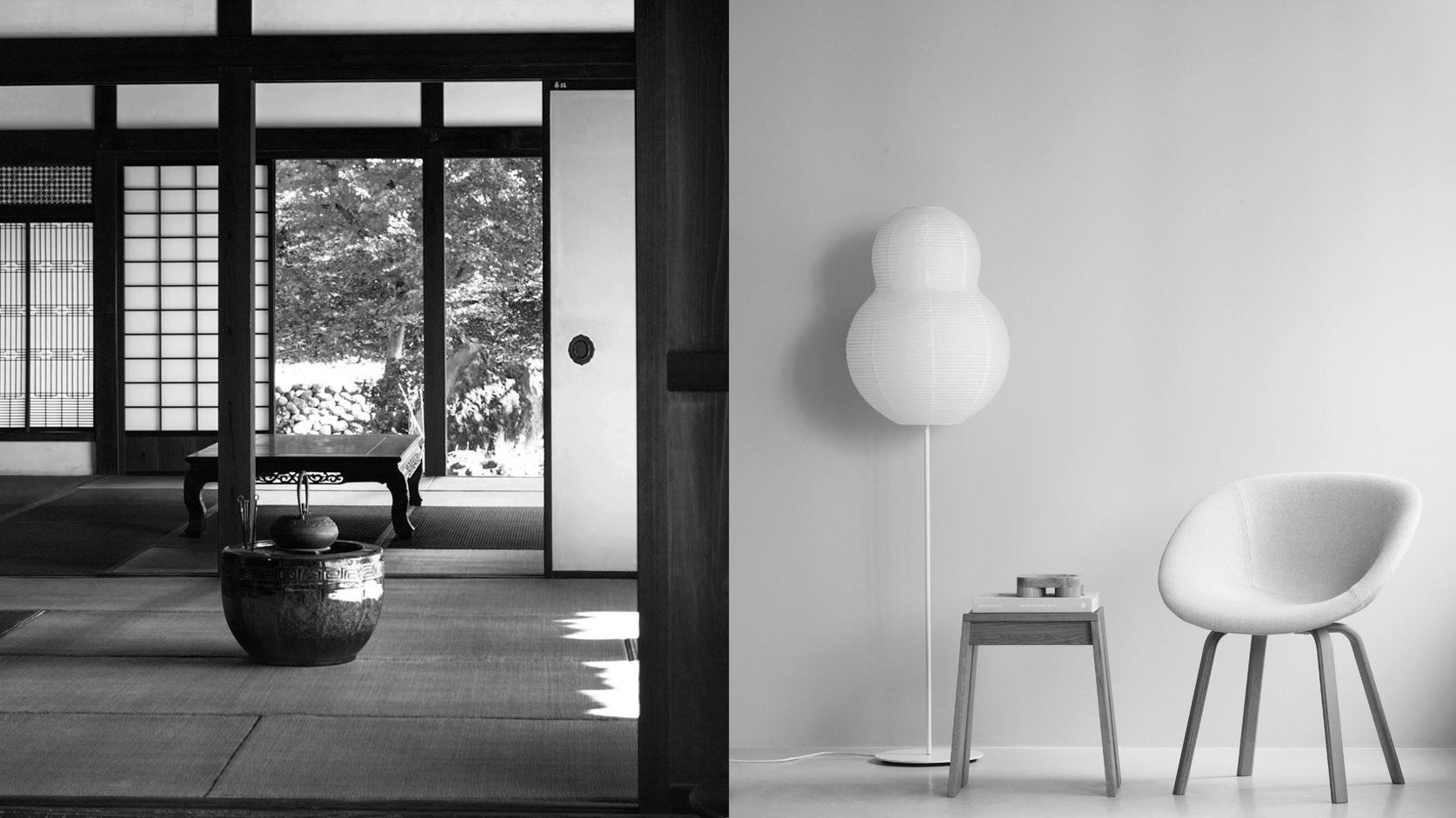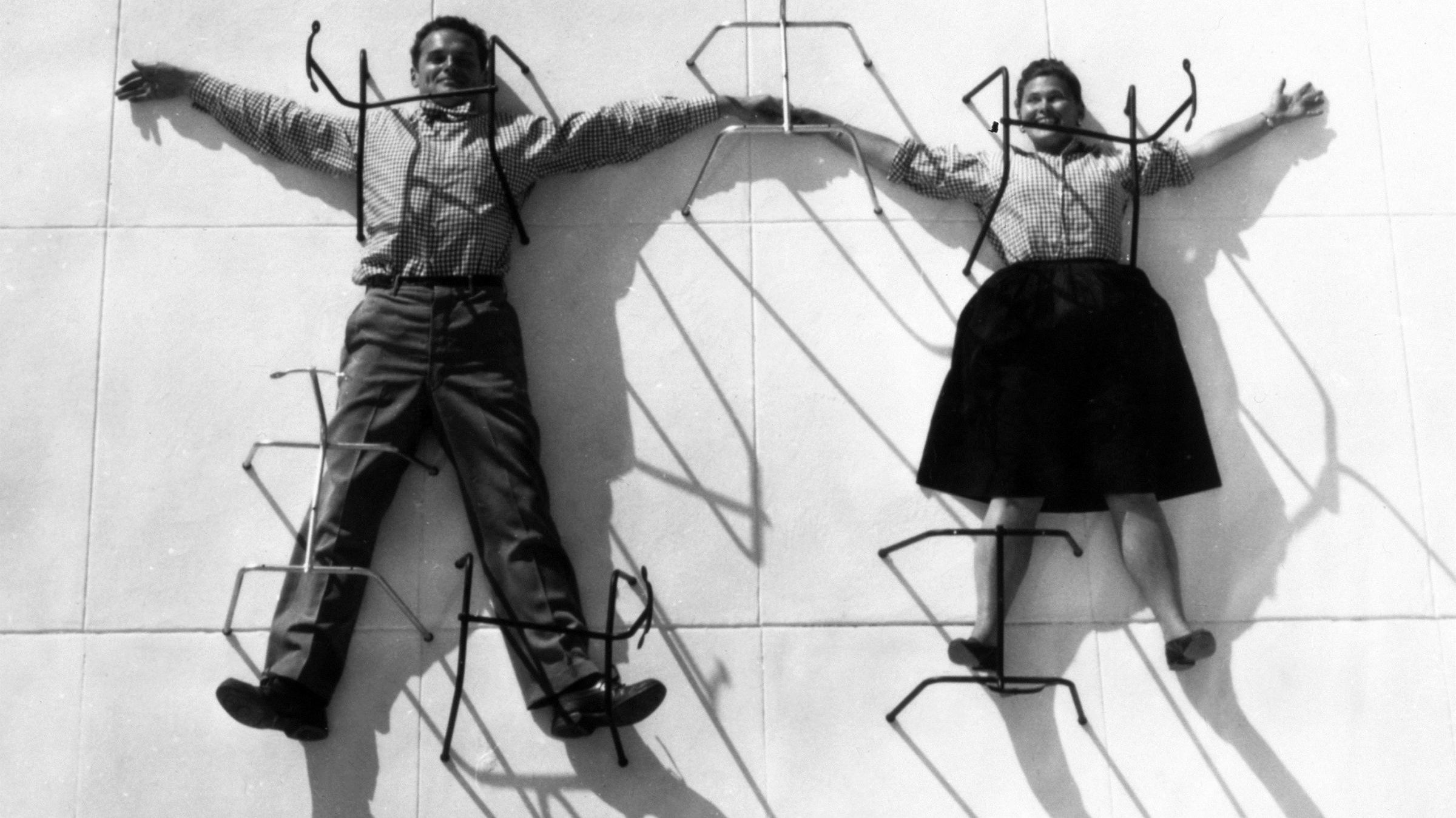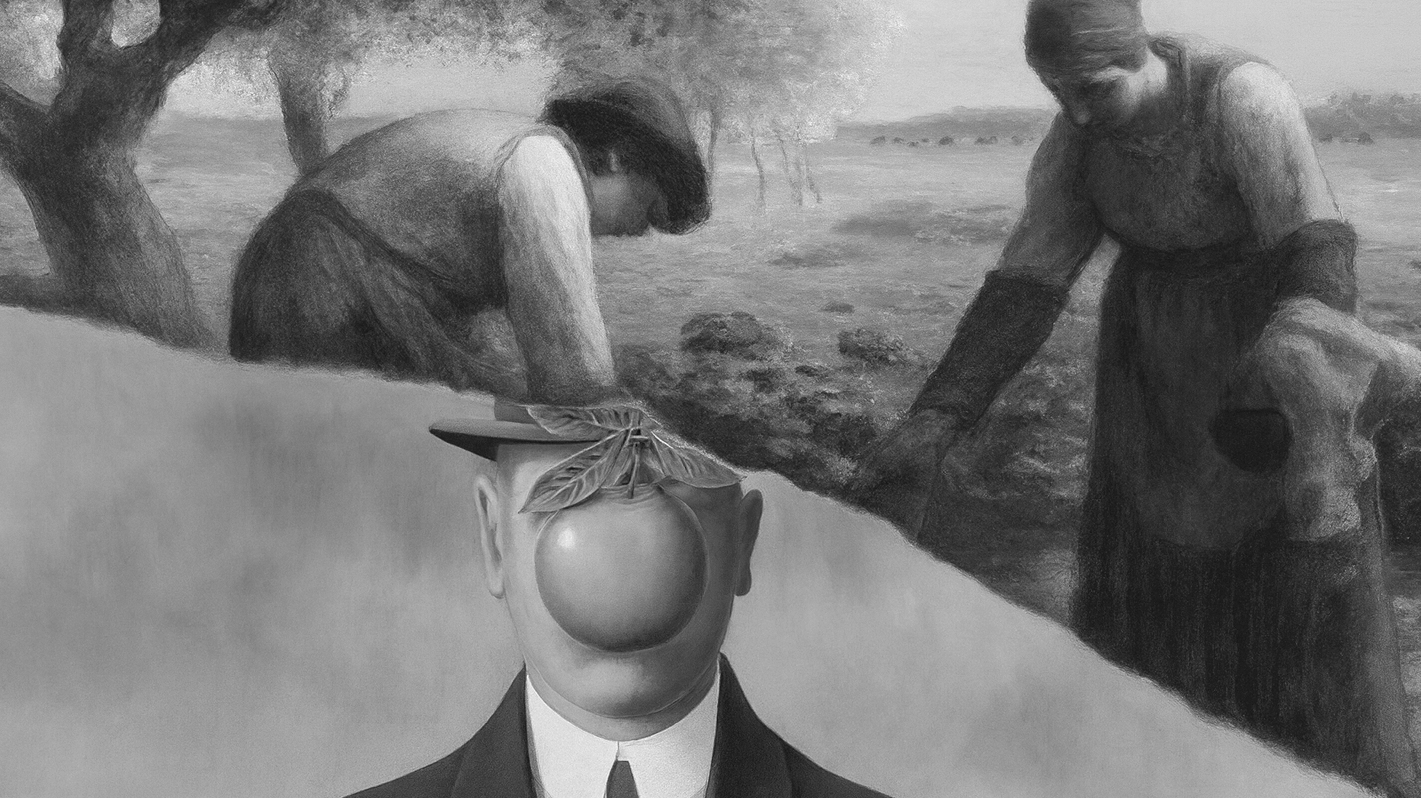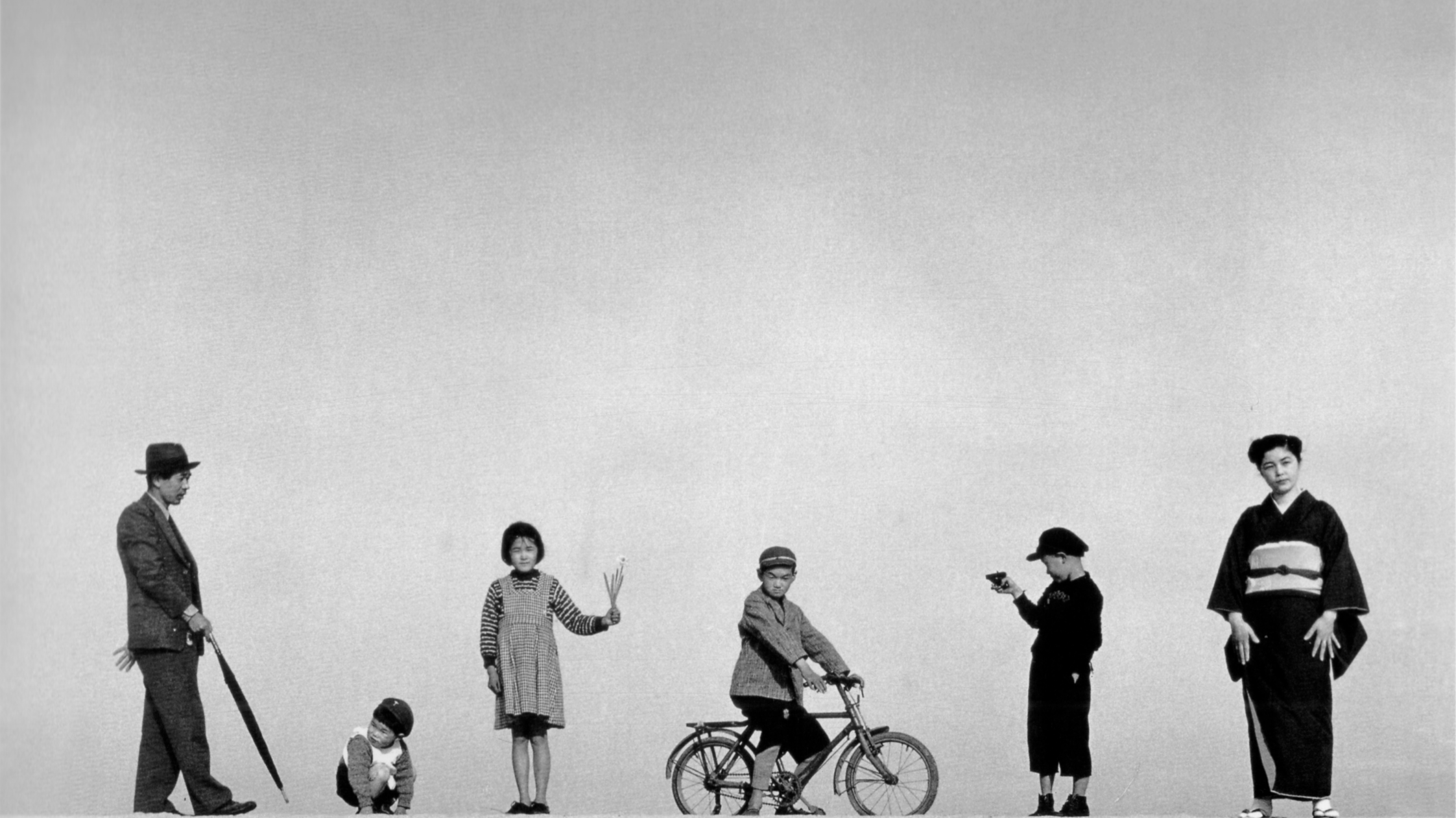From Impressionism to Surrealism, these art movements emphasized experimentation, abstraction, and new ways of seeing the world. Importantly, modern art is a historical category and should not be confused with contemporary art, which refers to works created from the late 20th century to the present.

Pablo Picasso, Atelier de la modiste, 1926.
Definition of Modern Art
Modern art is commonly defined as the artworks created between the 1860s and the 1970s. It encompasses a wide range of movements and styles that broke away from traditional artistic conventions and redefined the very purpose of art. Unlike contemporary art, which refers to the art of today, modern art is a historical classification that reflected new ways of seeing and expressing the world.
Instead of focusing on realistic representation or storytelling, modern artists emphasized innovation, abstraction, and personal expression. They experimented with new materials, techniques, and forms, challenging the belief that art must mirror the external world. This spirit of experimentation is now considered one of the defining characteristics of modern art.
Historical Background of Modern Art
The rise of modern art was closely tied to the rapid changes of the late 19th century, when the Industrial Revolution transformed society, technology, and culture. In this new world, artists began to reject traditional academic rules in search of more personal and experimental ways of expressing reality.
In France, Impressionist painters such as Claude Monet and Edgar Degas marked a turning point by capturing the fleeting qualities of light and atmosphere rather than strict realism. Their innovations inspired a succession of movements across Europe, from Post Impressionism to Cubism, Surrealism, and Abstract Expressionism. Each challenged established norms in different ways, laying the foundation for the diversity of styles that define modern art today.
Main Characteristics of Modern Art
Modern art is defined by a spirit of innovation and experimentation. Artists sought to break free from traditional modes of expression and develop new ways of communicating ideas and emotions. While the term covers many diverse movements, certain principles consistently define modern art.
1. Rejection of Tradition
Modern art broke away from the academic traditions that had dominated Western art for centuries. Instead of focusing on history, religion, or realistic representation, modern artists challenged accepted norms and pursued originality. This rejection of tradition often led to radical new approaches, including abstraction, symbolism, and the embrace of everyday life as subject matter.
2. Preference for Abstraction
Although not all modern art is abstract, a strong move toward non-representational imagery marked the era. From Picasso’s and Braque’s Cubism to Kandinsky’s pioneering abstract compositions, artists explored pure form, line, and color as independent elements. Scientific discoveries, photography, and advances in technology encouraged artists to rethink reality, often dismantling and reconstructing it in abstract ways.
3. Bold Use of Color and Technique
Modern artists employed vibrant colors and expressive brushwork to communicate mood and emotion rather than imitate nature. Movements such as Fauvism and Expressionism are famous for their powerful use of color to express psychological intensity. Even in Cubism and Futurism, color was used experimentally to explore movement, space, and fragmented perception.
4. Experimentation with Form and Perspective
Perspective, proportion, and composition were no longer fixed rules but creative tools to be reimagined. Surrealists like Salvador Dalí and René Magritte distorted forms to capture the subconscious, while other artists experimented with collage, mixed media, and unconventional materials. This relentless search for new forms expanded the very definition of what art could be.
5. Art as a Personal or Social Statement
Modern art often reflected the individual artist’s unique vision of the world. Rather than retelling mythological or religious stories, modern artists expressed personal experiences, emotions, and critiques of modern life. For some, art became a vehicle for political or social commentary, while for others, it was a deeply personal exploration of identity and emotion.
Major Movements in Modern Art
Impressionism (1860s–1880s)
Impressionism is often considered the starting point of modern art. Emerging in France in the 1860s, artists like Claude Monet and Edgar Degas broke away from the rigid conventions of academic painting. Instead of precise detail, they focused on capturing fleeting moments, light, and color. Their works reflected the artist’s personal perception of a scene, marking a radical departure from traditional representation and laying the foundation for modern artistic experimentation.
Fauvism (1905–1910)
Fauvism, led by Henri Matisse and André Derain, emphasized bold colors and expressive brushwork. Known as “les fauves” or “the wild beasts,” these artists abandoned realistic color schemes in favor of vibrant, non-naturalistic tones. Although short-lived, Fauvism played a crucial role in pushing art toward abstraction and influenced many later modernist movements.
Expressionism (1905–1930s)
Expressionism prioritized emotional intensity over objective reality. Artists such as Edvard Munch, Ernst Ludwig Kirchner, and Wassily Kandinsky used distorted forms, bold lines, and powerful colors to convey inner feelings and psychological states. Emerging in Germany before World War I, Expressionism reflected the anxieties of modern life and became a vital precursor to abstract art.
Cubism (1907–1914)
Pioneered by Pablo Picasso and Georges Braque, Cubism revolutionized visual representation by breaking subjects into fragmented, geometric forms. Multiple viewpoints were combined within a single image, challenging traditional perspective and pushing painting further into abstraction. Cubism had a profound influence not only on painting but also on sculpture, architecture, and design.

Juan Gris, Guitar and Fruit Dish, 1919.
Futurism (1909–1944)
Originating in Italy, Futurism celebrated speed, technology, and the energy of the modern world. Artists such as Umberto Boccioni and Giacomo Balla sought to capture movement and dynamism in their work, drawing inspiration from science, machinery, and urban life. Though politically controversial, Futurism helped shape the aesthetics of the 20th century and influenced graphic design, film, and architecture.
Dadaism (1916–1924)
Dada, or Dadaism, emerged in Zurich during World War I as a radical rejection of reason and tradition. With artists like Marcel Duchamp and Hannah Höch, Dada embraced absurdity, satire, and anti-art strategies, using collage, performance, and readymades to challenge conventional definitions of art. Though short-lived, Dada profoundly shaped later movements, including Surrealism and Conceptual Art.
Surrealism (1924–1950s)
Surrealism grew out of Dada and Freudian psychology, seeking to unlock the power of dreams and the unconscious mind. Artists such as Salvador Dalí, René Magritte, and Max Ernst created fantastical, illogical, and dreamlike imagery that challenged rational thought. By combining reality with the uncanny, Surrealism expanded the boundaries of imagination and left a lasting impact on literature, cinema, and visual art.
Pop Art (1950s–1960s)
Emerging in Britain and the United States, Pop Art brought everyday life and consumer culture into the realm of fine art. Artists like Andy Warhol and Roy Lichtenstein used imagery from advertising, comic books, and mass media to blur the line between high art and popular culture. Pop Art marked a shift toward contemporary art, reflecting the rise of consumerism and questioning the role of art in a mass-media society.
• Further Reading: 8 Major Modern Art Movements You Need to Know
Famous Modern Artists You Should Know

Portrait of Salvador Dalí, the Surrealist painter known for his dreamlike and unconventional modern art.
While modern art is defined by movements and philosophies, it was individual artists who brought these ideas to life. The following figures are among the most influential modern artists, each shaping the direction of art in unique ways:
Claude Monet (1840–1926) – A founding figure of Impressionism, Monet’s focus on light and atmosphere in works like Impression, Sunrise redefined how artists captured reality.
Vincent van Gogh (1853–1890) – Known for his expressive brushwork and emotional intensity, van Gogh’s Post Impressionist paintings such as Starry Night continue to inspire artists worldwide.
Pablo Picasso (1881–1973) – One of the most revolutionary artists of the 20th century, Picasso co-founded Cubism and constantly reinvented his style across painting, sculpture, and design.
Henri Matisse (1869–1954) – A leader of Fauvism, Matisse transformed color into a primary tool of expression, demonstrating its power to convey emotion beyond representation.
Wassily Kandinsky (1866–1944) – A Russian painter often regarded as a pioneer of abstract art, Kandinsky believed color and form could express spiritual truths. He also taught at the Bauhaus beginning in 1922, where his theories of abstraction and color had a lasting impact.
Marcel Duchamp (1887–1968) – A central figure in Dada and later Conceptual Art, Duchamp challenged the very definition of art with his provocative readymades, such as Fountain.
Piet Mondrian (1872–1944) – A leader of the De Stijl movement, Mondrian reduced art to geometric forms and primary colors, profoundly influencing modern painting, architecture, and design.
Salvador Dalí (1904–1989) – One of the most iconic Surrealists, Dalí created dreamlike and uncanny images that blurred the line between imagination and reality.
Frida Kahlo (1907–1954) – Blending elements of Surrealism and deeply personal symbolism, Kahlo’s autobiographical paintings addressed identity, pain, and politics.
Georgia O’Keeffe (1887–1986) – Known as the “Mother of American Modernism,” O’Keeffe created powerful depictions of flowers, bones, and desert landscapes that connected abstraction with the natural world.
Modern Art vs. Contemporary Art: What’s the Difference?
The terms modern art and contemporary art are often used interchangeably, but they actually refer to two distinct periods in art history. Many people describe recent works as “modern,” when in fact they belong to the category of contemporary art.
The distinction is primarily based on time period. Modern art refers to artworks created roughly between the 1860s and the 1970s. It emerged alongside the Industrial Revolution and included movements such as Impressionism, Cubism, Surrealism, and Abstract Expressionism. While modern art broke away from tradition and explored abstraction and innovation, it remains a historical classification.
Contemporary art, on the other hand, refers to art produced from the late 20th century to the present day. It is usually made by living artists or those who have only recently passed away. Contemporary artists often experiment with new media, technology, and installation art, reflecting today’s cultural, political, and global issues.
Both modern and contemporary art can be seen as revolutionary. Modern art focused on the individual artist’s vision and the search for new forms of expression. contemporary art expands this legacy by emphasizing diversity, interdisciplinary approaches, and the influence of current social and political contexts.
• Further Reading: What is Contemporary Art? Definition, Characteristics and Artists
Read More Art Articles:
• 6 Forgotten Modern Art Movements You Should Know
• Surrealism in Art: From the Unconscious Dream to Artistic Reality
• 6 Key Art Movements That Came Before Modern Art
• Bauhaus Movement: How It Revolutionized Art and Design






